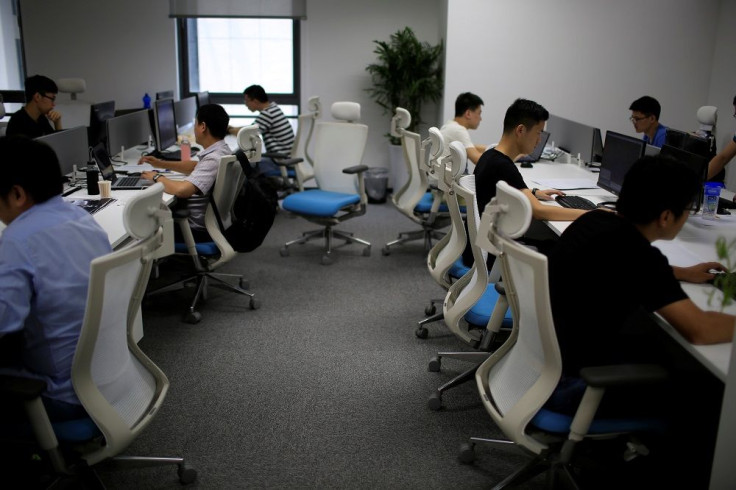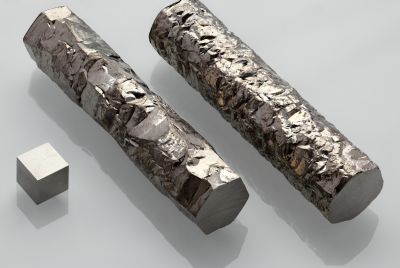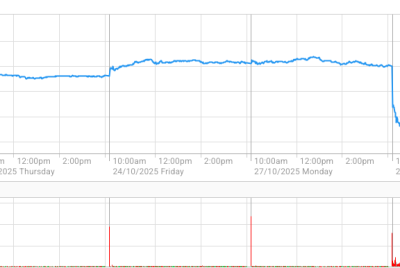Experts confirm excessive sitting causes flat butt

Office workers who commute or drive extend their sitting time when they spend a few hours on the road on their posterior because of the traffic. It adds to their chance of developing a flat behind even if they exercise also.
Body experts now call the phenomenon of having a flat derriere as office ass. It is used to describe the buttocks of people who sit down on chairs for several hours a day because of their work.
Abby Bales, physical therapist at Spear Physical Therapy in New York City, explains, “People have a difficult time actively engaging their glutes to both strengthen and shape them.” She recommends working the butt by regularly standing and walking around or risk developing a weaker behind, reports New York Post.
Among Bales’ suggestions for people with a desk-bound job is to acquire a standing desk – although scientists also question how helpful a standing desk is – and walking around for five minutes every hour awake. Standing increases hip extension and makes it easier for a worker to activate the glutes throughout the day and while exercising. Walking also improves hip extension and flexion.
But beyond standing and walking, Bales suggests squats for glute activation. The exercise promotes muscular hypertrophy, or increases size, and adds mass to the backside over time. Another good exercise for the booty are lunges.
But more than just cause office ass, excessive sitting decreases blood flow and muscle mass, Bales adds. It could lead to obesity, hypertension, low back and neck pain and poor vital organ function. It could result in a downward spiral with the person who sits for a long period likely to sit more because it hurts to stand and move.
Since most adults are sedentary for six to eight hours a day, the American Heart Association called on people to sit less and move more, reports 5News. Although researchers could not pinpoint the length sedentary time is bad, they recommend 30 minutes of moderate physical activity daily.
VIDEO: How to Do a Squat / Gym Workout
Source: Howcast





















